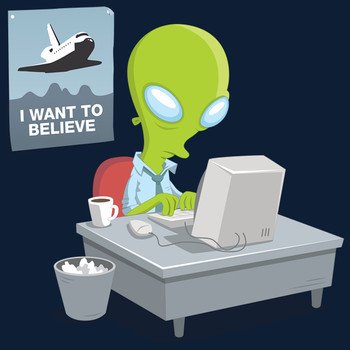How do we know weak nuclear force exists?
1 Answer
This is an interesting question.
Explanation:
I do another one to explain the concept: how do we know that the electrons exist?
We do not have any direct "vision" of particles, forces or other sub-atomic process, then how we do?
We build a model, then me make predictions that can be measured and if our predictions are correct we think that the model is correct.
The model of the weak interaction was created to explain the radioactive decays.
The electromagnetic force does not keep together particles in the nucleus (they are all positive or neutral). The strong interaction became stronger while the particles are separated, so cannot produces the decay, then there should be another force that is not that strong and allows particles to be "released" as decay.
This was at the beginning the idea of physicists like Fermi. Then the theory progressed and we discovered that any force is the expression of symmetries. We also know that the forces are transported by particles that we can describe theoretically.
With this knowledge, Sheldon Glashow, Abdus Salam, and Steven Weinberg predicted in the '70s how the particles of the weak interaction has to be. They predicted that there are three particles that transport the weak interaction (like the photon transport the electromagnetic interaction) and they called them
In 1983 the UA1 and UA2 experiments at CERN found these three particles, proving not only that the weak interaction exists but also showing that the theoretical model was very accurate in predicting the existence of the three particles.

